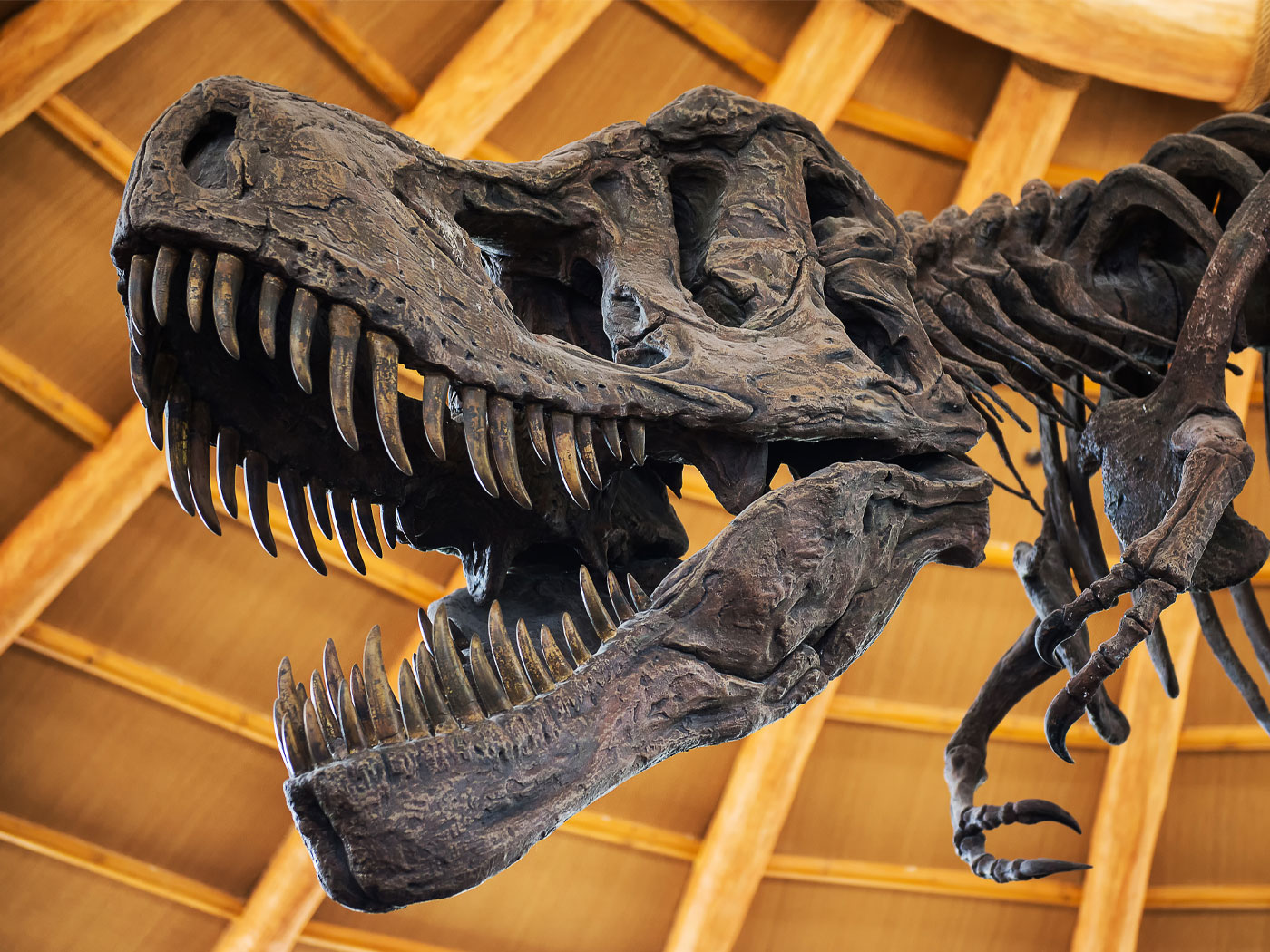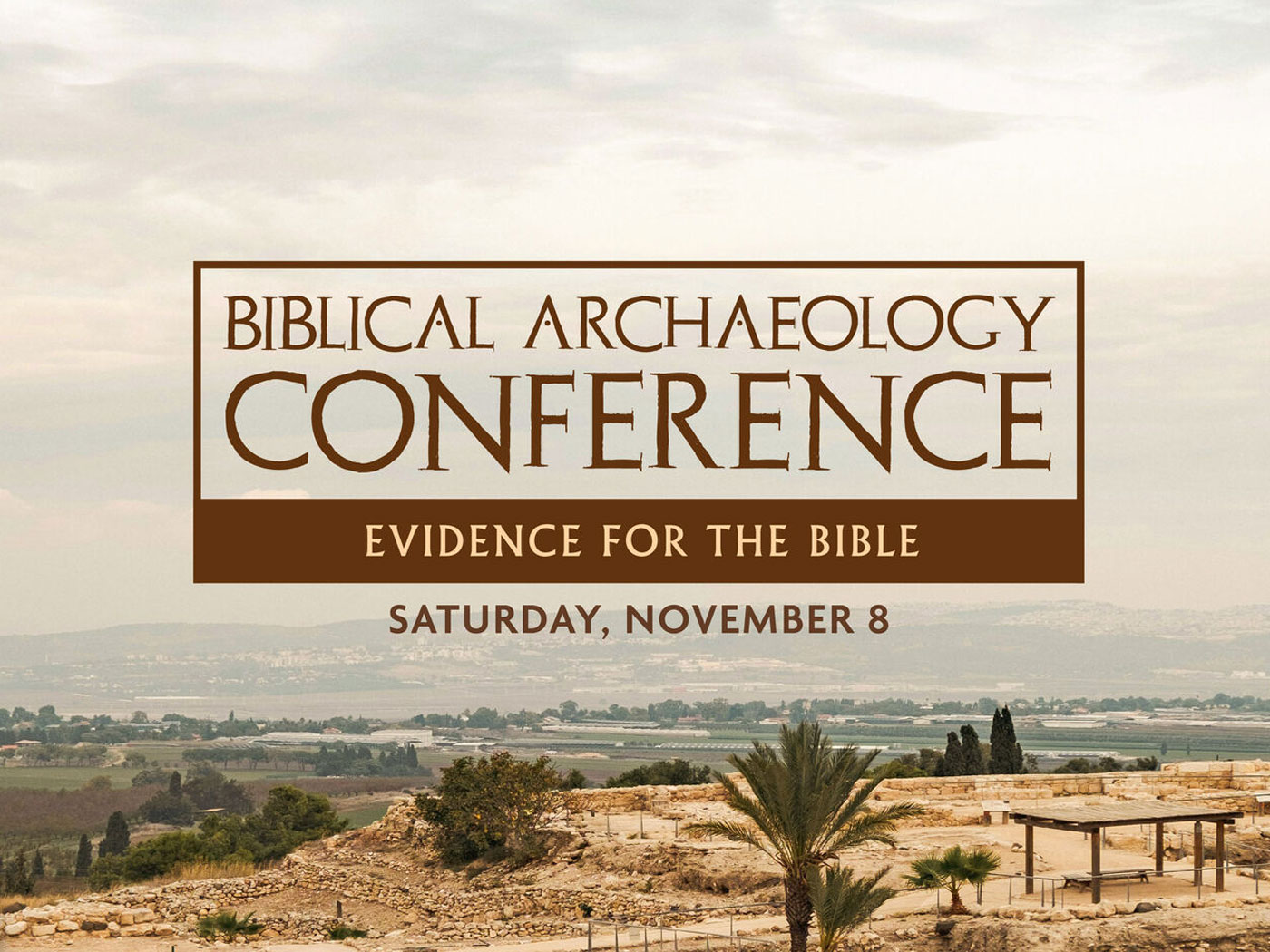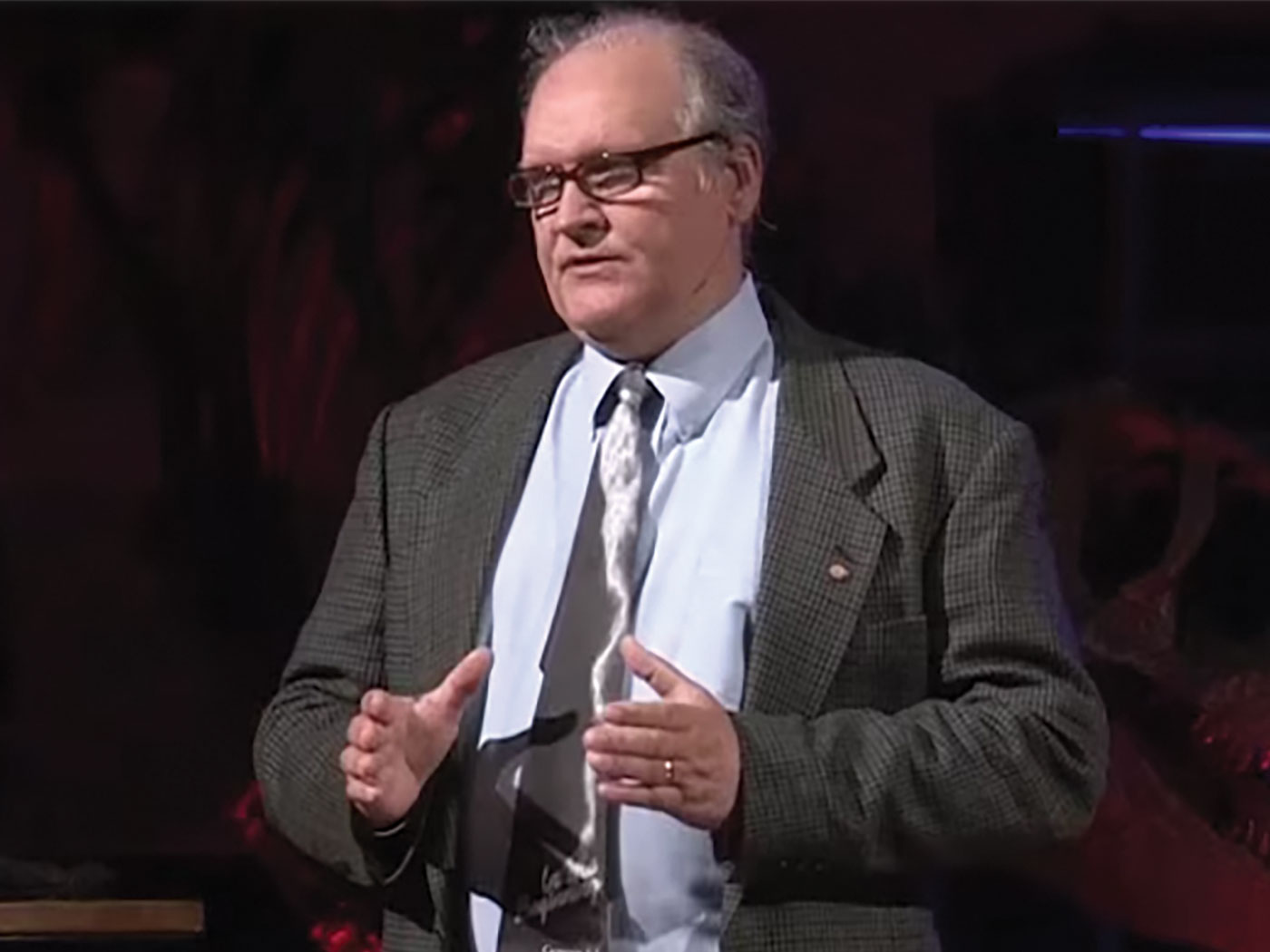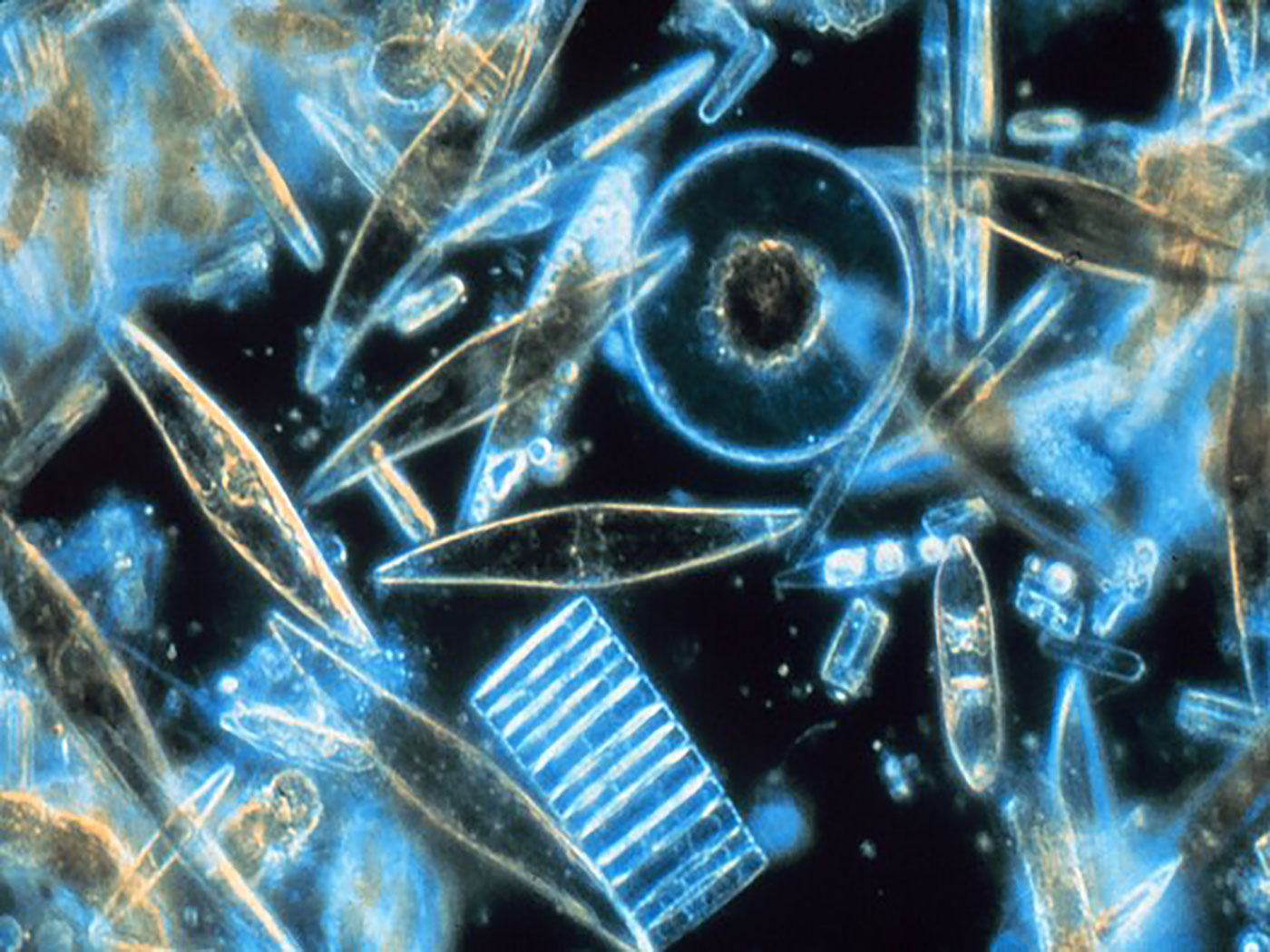Researchers are recovering beautiful fossils from the Cerrejón Formation of Colombia. One was a giant snake, called the “Titanoboa.” Most recently, a study examined the formation’s fossilized flora, which looked the same as modern plants, and the rainforest environment in which they lived.1 This research dovetails nicely with other studies on ancient earth’s turbulent climate.
There is evidence of dramatic ocean surface temperature changes, as well as global and local climate changes, since the Cerrejón Formation was deposited. For example, the researchers estimated the temperature back then by examining the numbers of large, smooth-edged fossil leaves. They suspect it averaged greater than 28 degrees Celsius, which is 82 degrees Farenheit.2
By comparing the temperature preferred by certain kinds of tiny sea creatures called foraminiferans in today’s oceans with fossilized foraminiferans, geologists had earlier concluded that “earth’s climate cooled from a period of extreme warmth in the early Eocene Epoch (ca. 50 million years ago) to the early Oligocene (ca. 33 million years ago), when a large ice cap first appeared on Antarctica.”3 Thus, major climate changes were occurring right when the Cerrejón Formation formed.
But there is no model in standard literature that can adequately account for the dramatic swings in ocean water temperature that led to these global climate changes. If the earth has been subject to eons of slow and gradual processes, then where did the tremendous energy come from that apparently heated the entire earth’s oceans? If heat energy was added slowly, then sufficient time would have permitted the heat to dissipate. It is apparent that a dramatic and fast injection of heat occurred.
A global flood, like that described in Genesis, would have involved rapid movement of crustal plates and catastrophic ruptures that released hot mantle material into earth’s oceans. This event would have generated exactly the conditions required to form an Ice Age: very warm oceans, occluded skies, and cool polar continents.4
The sequence of these ancient global events uncovered by scientific fossil sleuthing matches the events recorded in the Bible. Only the timescale differs. And removing the assumption of evolutionary time from the otherwise scientific reports about the Cerrejón Formation fossils also fixes the problem of no evolution having occurred in Colombian plants and animals since the Ice Age,5 which ended only about 4,000 years ago.
References
- Kanapaux, B. Plant fossils give first real picture of earliest Neotropical rainforests. University of Florida press release, October 15, 2009.
- Wing, S. L. et al. Late Paleocene fossils from the Cerrejón Formation, Colombia, are the earliest record of Neotropical rainforest. Proceedings of the National Academy of Sciences. Published online before print October 15, 2009.
- Pearson, P. N. et al. 2007. Stable warm tropical climate through the Eocene Epoch. Geology. 35 (3): 211-214.
- Hoesch, W. 2006. Arctic Heat Wave. Acts & Facts. 35 (8).
- Thomas, B. New Fossil Cache Shows Plants Haven’t Changed. ICR News. Posted on icr.org October 28, 2009.
* Mr. Thomas is Science Writer at the Institute for Creation Research.
Article posted on October 29, 2009.














